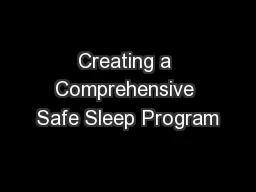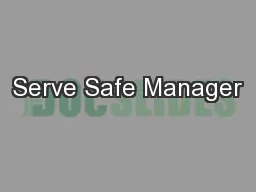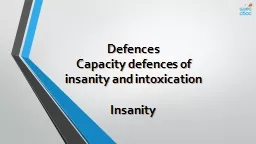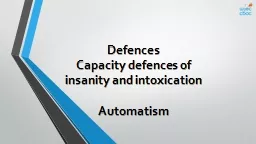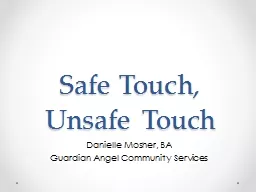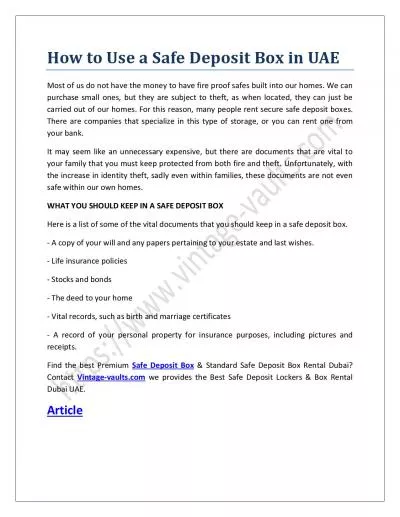PPT-3 Defences It keeps people safe
Author : natalia-silvester | Published Date : 2019-11-24
3 Defences It keeps people safe It is a clinical intervention Its used as a last resort Duxbury 2015 Eileen Skellern Lecture JPMHN Increasing evidence Going in strong
Presentation Embed Code
Download Presentation
Download Presentation The PPT/PDF document "3 Defences It keeps people safe" is the property of its rightful owner. Permission is granted to download and print the materials on this website for personal, non-commercial use only, and to display it on your personal computer provided you do not modify the materials and that you retain all copyright notices contained in the materials. By downloading content from our website, you accept the terms of this agreement.
3 Defences It keeps people safe: Transcript
Download Rules Of Document
"3 Defences It keeps people safe"The content belongs to its owner. You may download and print it for personal use, without modification, and keep all copyright notices. By downloading, you agree to these terms.
Related Documents


